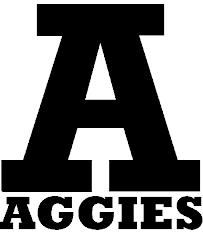Darnel Haney Interview
Born: February 6, 1937 in Phoenix, Arizona
Recruited by Utah State University to play basketball
“I was contacted by Utah State, at that time the head basketball coach was Cec Baker. They had won the NIT the year before and they were looking forward to a great year in basketball…That was a disaster that first year, it was absolutely a disaster. We had conflicts in basketball on the court. We were rated first in the nation and we didn’t live up that expectation. The coach was fired that year and much of it had to do with my being there at Utah State. I was an Art major and during my frustration I would go to the Art Barn. I had an advisor by the name of Larry Elsner who took the time and talked to me. They blamed much of the non-success of Utah basketball team on me. At the time I was dating my wife. She is a white girl from North Logan, Utah. She wasn’t a student at Utah State and they did not like that situation at all. As I remember Larry Elsner was one neatest people I have ever met because he himself was married to a Japanese woman. Occasionally he would talk to me about situations, he said ‘my marriage is not recognized in this community either.’…He was a quit giant I call him, Larry was just a sweet person, had limited conversation, but what he said, it meant a lot. I would go to that Art Barn many times and throw pots. Throw pots means you put them on the wheel. You could take your frustrations out there…We would sit in the Barn until 11 o’clock at night, throwing clay, making pots, doing what have you. It was a sort of therapy for me. And it was a lonely time for me because I had very few friends.”
“On the basketball team we had conflicts. As I said the coach was fired the one year. The players were in disarray and were constantly at each others throats. And the community felt that I was responsible for much of this. In all the frustrations which you have in a community, I had no one who I could talk to.”
Describing the Art Barn and impressions – he stated that there was “a lot of enthusiasm. I walked in there and there were a lot of people doing different things. It was a relaxed atmosphere. There was a freedom in there that was not every place where you go on a campus. Smiles were there and helpful hands were always there. And most of all the instructors were just a part of the students. It wasn’t just a person up there, an authority but he was a part of his class.”-Jason Neil-






































